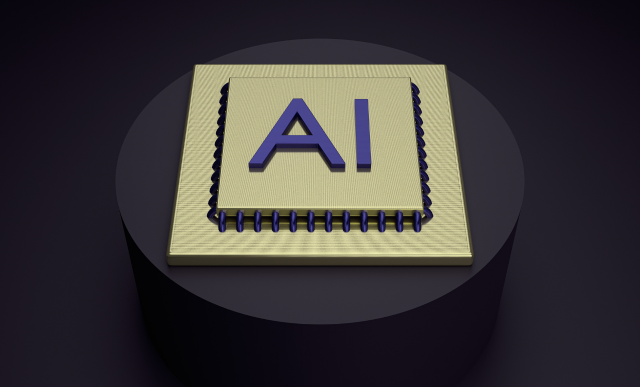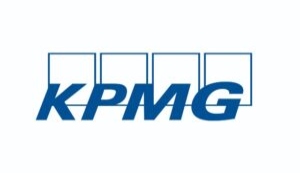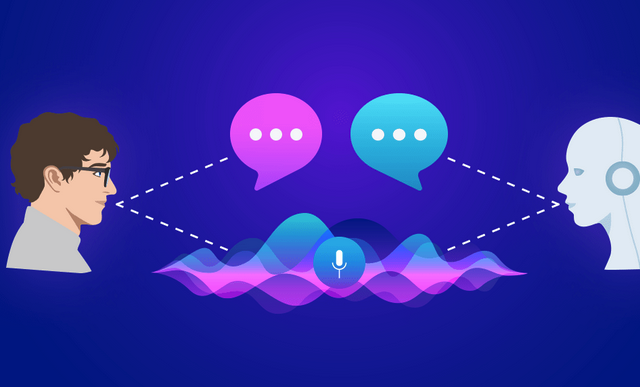Taking AI from Buzzword to Reality
Meet the Experts
By Rizal Ahmed, Chief Research Officer, SAPinsider
Artificial Intelligence has become the buzzword de jour among technology and business circles, and as a result, many advisory boards and leaders are under pressure to show that they have integrated AI into their 2021 agendas. For many companies, however, trying to figure out where and how to apply this technology for actual business gain can be an elusive objective as leaders grapple with understanding this complex technology and potential pilots and use cases.
Viakem, an 81-year-old specialty chemicals manufacturer based in Mexico, recently completed a successful AI initiative to support its HR function. As part of the initiative, Viakem’s CIO and head of HR Hernan Guerra built an AI-based application to help support the company’s interview process. In just over a year the application has generated significant and public success, including Viakem being recognized as one of the top 50 most innovative companies in Mexico. Here’s how Viakem did it.
Starting Points Matter
According to Guerra, one of the most important keys to success is picking the right project. For many leaders under pressure to show that their organization is successfully using AI this can lead to hasty decisions that do not truly serve the interest of the business.
“The board really wanted us to start using AI. We looked all over the place for an initial business case. But at first, we were looking at it wrong. We were thinking what team could more easily adapt to AI, or what team would be the most supportive. That’s not the right approach. We needed to start looking at what part of our business might get the biggest benefit, and what pain could we solve,” Guerra says.
The focus on solving key business pain points brought them to the HR line of business. Viakem’s hiring process was typically very complex and long. The company’s interviewers and hiring managers interview many applicants to fill roles with very specific technical skillsets and competencies. And because many employees must handle dangerous chemicals, a screen for specific issues such as recreational drug use is required. While the wrong answer to a simple question can immediately take an interviewee out of the running, hiring personnel in many cases must continue the conversation to avoid triggering any discriminatory practices. As a result, a significant amount of interview time goes into each person they hire.
“Sometimes we have to interview more than 150 people to hire just one person. We know which questions eliminate candidates from the process, but you have to keep the interview going to avoid discrimination. This can be time-consuming and tiring for the interviewer,” Guerra reports.
Based on the issues described, the Viakem IT team, together with its HR organization and a partner, set about building an AI-based interviewing application capable of completing the first screen of candidates. The application is able to pull data from the company’s SAP HR system into a separate system based on Microsoft .NET technology and an Oracle database. The candidate sits in front of a computer-based interviewer and is asked a series of questions that might change in order or content based on the answers provided. The application is then able to make recommendations on whether the candidate is qualified to move on to the next round of interviews.
When and Why Human Intervention is Still Needed
Fine-tuning the process, data, and ensuring that the computer was making the right decisions on candidates took some time following the go-live of the application. Key to ensuring success, according to Guerra, was making sure that hiring managers and executives could watch the process, make suggestions for improvements, and still intervene when necessary.
Some early issues revolved around when candidates made mistakes or misspelled words, the computer might make the wrong decision about a follow-up question or be thrown into a loop. The Viakem and partner team had to make adjustments to address this.
Maintaining the human element within the interview process was critical to making sure that the AI system was performing the way it needed to and that appropriate changes could be made. “In some cases, we conducted the interview twice to make sure the decisions were correlated. If the AI system passed on a candidate we wanted to make sure the human came to the same decision and vice versa. In some cases, we had the head of recruiting watch the process and receive all the answers in real time so if she did not think the system was answering right or the questions were branching right, she could intervene,” Guerra says.
Guerra and his team spent approximately four months after the initial seven-month development cycle testing and adapting the system to its final version.
Tracking Results and ROI for AI
For Guerra and Viakem, the results of the company’s AI project have been very real. During our interview Guerra proudly showed me his weekly interview and hiring tracking sheet that he scrutinizes on a daily basis. While the overall hire percentages remain low, the amount of people that Viakem can interview in each week is significant. Guerra reviewed recent weeks in which the AI application and HR team were able to perform 1,388 interviews and hire two people in one week, and 1,503 interviews and hire five people in another week. “Interviewing this many people would be impossible with our old way. We used to have fifteen people that could do a few hundred interviews per week,” Guerra says.
With its new AI solution, Viakem has cut its hiring process time by almost 80%. The company has also been able to reallocate its people to higher level tasks and spend more time on final interviews. Allaying fears about how AI would impact people’s jobs and roles was critical to winning support and getting the HR organization on board. Most of the downsizing related to interns that the company had hired to manage and run the first-round interviews. Viakem went from 15 interns down to one. Only one full-time person was impacted by the move, and she chose to move on because she liked interviewing and wanted to continue her role supporting that process at another company.
From Success to Scale
Based on time and resources saved, Viakem’s first AI project paid for itself in just over 18 months. This early success has won over both the business and IT organizations. Now, other lines of business from manufacturing to finance are clamoring for their own AI-based solutions and are doing the leg work to find and create the business cases.
“Right now, the business is getting involved and they are doing the analysis for us. They are looking for the project and how to link it to the business. They are finding where the data is, and they know what they want the system to do. The great thing is what they are asking is possible,” Guerra says.
However, before Viakem scales, it needs to acquire and expand its AI skillsets. During its initial project Viakem leaned heavily on partner expertise. According to Guerra, this works when you are talking about initial projects and pilots but is a harder model to leverage when you want to expand your use of AI significantly. So, Guerra and team will continue to work on building data and development knowledge to support the growing demand.
Guerra says that standardization of processes and data is an important accelerator of AI. Viakem was challenged by the lack of documentation and standards within its hiring and interviewing processes. This made it more difficult to build some of its early models and applications.
“We used to brag about how our processes were more art than science and not diagrammed or systemized. We used to take pride in it. But this is something that we had to spend time adding before starting our project. You can’t make a computer understand your process if it is not structured. That’s very hard,” Guerra says.
What This Means for SAPinsider Executives
As you embark on your initial AI projects or refine your current AI strategy here are some lessons to remember from Viakem’s early experience:
Start with the pain point. You may be under pressure to show an AI application that you and your team have built, but if it doesn’t solve a critical business pain point, you will not be able to garner the traction and support you need for long-term success. Take the time to evaluate pains within your business that AI can solve. Go with the simpler processes before taking on complex initiatives.
AI still needs a human touch and human approach. Human judgement and analysis are still needed when deploying AI, particularly in the testing and evaluation phases. You may need to support two processes for a while to ensure that the right results and ROI are being generated. And the most important part is how you communicate the benefit and impact to your people. Make them part of the process and manage the message so that AI doesn’t translate as just replacing jobs.
Tap skills to scale. One of the biggest barriers to scaling AI, according to Guerra, was Viakem’s lack of internal skills. Data science, development, modelling, testing, and project scoping are among the important skills needed to make AI work. Leveraging partners can help you get started and bridge the gaps as you hire and train.
Start now with learning as a key objective. While jumping into just any AI project is not recommended, you can start to explore possibilities and use cases today. Create an AI committee comprised of both business and IT to start evaluating use cases and learning what others in your industry and markets are doing. Then work with consultants or partners to develop a few pilot and test cases that will jumpstart your learning and education.









